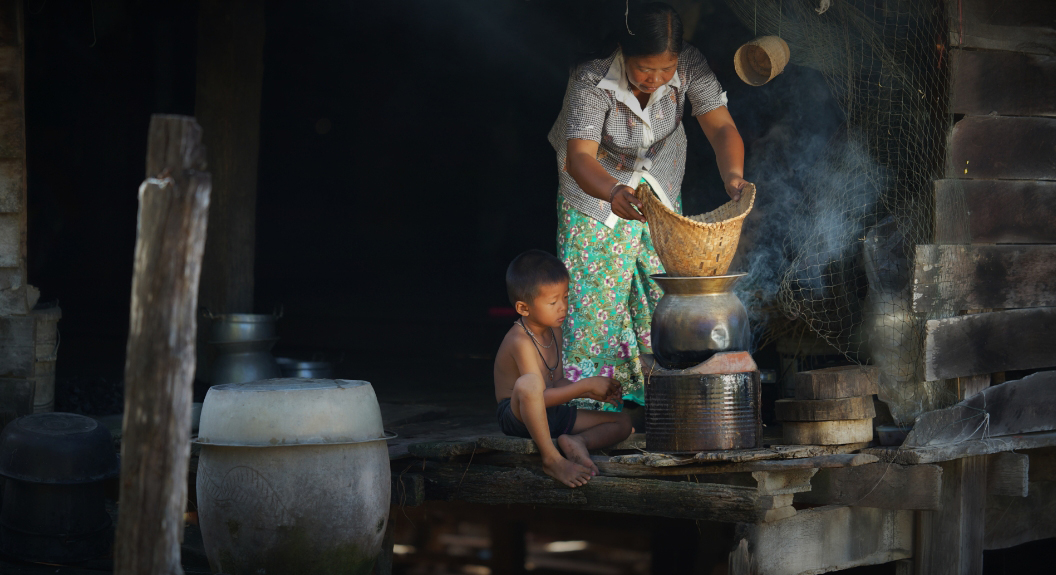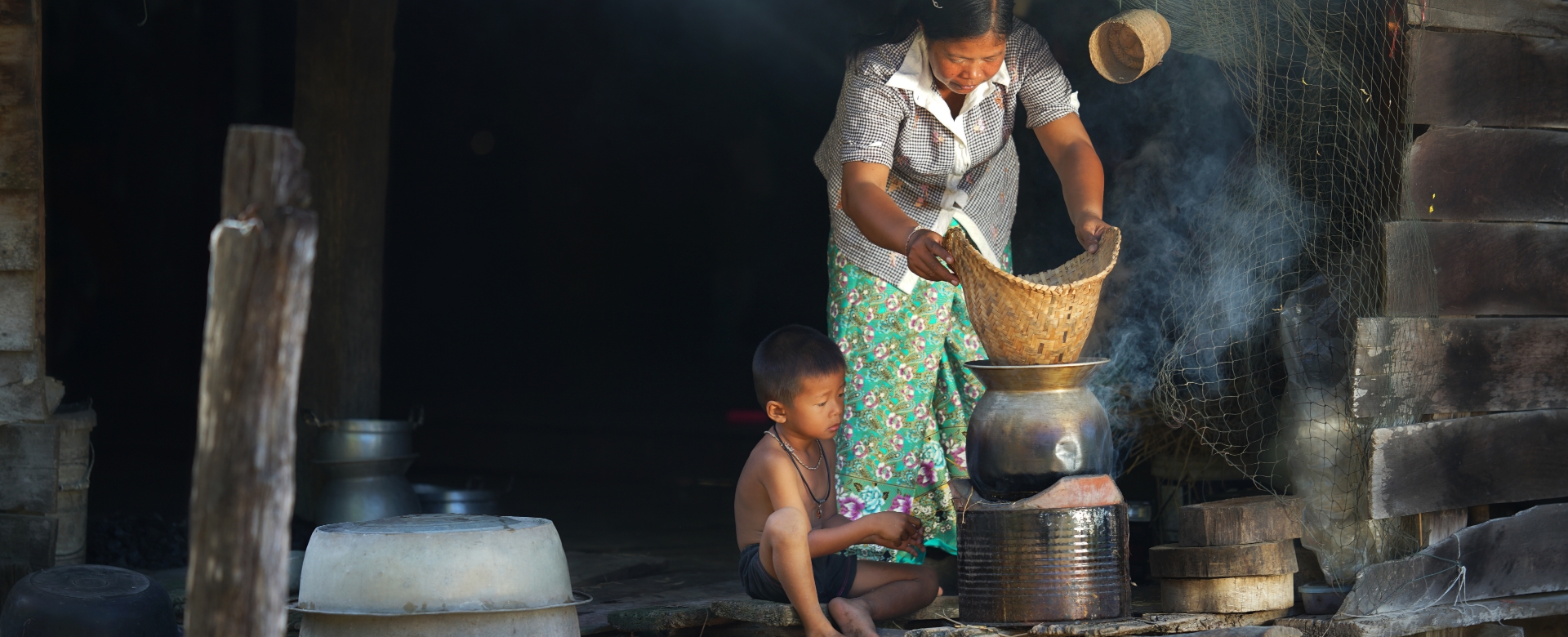Gold Standard Carbon
Credits


































If you also plan to buy this PoA’s premium Gold Standard Verified Emission Reductions (GS VERs) for mandatory or voluntary carbon offset purposes, please do not hesitate to get in touch with us and we will gladly inform you about availability and pricing for spot and forward transactions.
UPM guarantees absolutely smooth and reliable delivery or retirement of this PoA’s GS VERs. All retirements are done according to client instructions and will be publicly visible in the GS registry.
Upon request, we also provide you with a best-practice guidance about what claims (carbon offset or contribution claim) you can make when using different vintages of this PoA’s GS VERs.
Our after sales service includes detailed pro-rata reporting about this PoA’s climate and SDG impact attributable to your carbon finance support. It clearly shows how your investment makes a difference. Site visits can be arranged subject to transaction volume (>50k GS VERs p.a.) and required permissions by Chinese authorities.
They support our project (sample):
































If you are interested by the purchase of our high-quality Gold Standard for Global Goal carbon credit
SDGs
No poverty
After switching to biogas, the households dispose of around 40% higher annual income due to saved energy and fertilizer expenditures, higher agricultural output, etc.Zero Hunger
Better food security and nutrition because of increased animal welfare and an additional 182,000 ha of farm land under sustainable and more productive agricultural practices.Good Health &
Well-being
Improved health due to reduced indoor air pollution and better hygiene at the farmer’s premises is particularly beneficial for women and children spending much of their time at home. Quality Education
All participating households have been trained in biogas digester and cook stoveuse; in addition, some 2,000 people have been qualified as biogas techniciansunder the programme.Gender Equality
Roughly 1,000 jobs have been created for women by the PoA; new biogas stoves save approx. 1.5 hours cooking time per day for women which is now available for other purposes.Clean Water and Sanitation
Improved waste management, less fertilizer & pesticide use and better sanitation systems protect soils and water resources and benefit both local people and environment.Affordable and
Clean Energy
All PoA households get access to clean, reliable, convenient and affordable biogas for cooking, lighting or heating. Decent Work and Economic Growth
An estimated 10,000 total jobs related to construction and maintenance of biogas plants have been created by the project in the local biogas sector, thereof some 2,000 permanent jobs and 8,000 temporary jobs.Industry, Innovation and Infrastructure
Up to now, the PoA has induced roundabout EUR 300 million of total investments in domestic biogas technology, related services, as well as modern energy and waste management infrastructure.Reduced Inequalities
Sustained and notable income growth of participating households helps reducing existing inequalities between urban and rural Sichuan.Responsible Consumption and Production
Biogas digesters avoid untreated manure corresponding to almost 220,000 tons of dry matter per year and generate high-quality organic fertilizer from digestate instead.Climate Action
The PoA saves approx. 800,000 tCO2e of greenhouse gas emissions year by year and reduces annual coal consumption by about 340,000 tons.Life on Land
Due to the PoA, annual firewood use decreases by approx. 690,000 tons and almost 100,000 tons of chemical fertilizer are replaced p.a. by superior and more eco-friendly natural fertilizer.Partnerships for the Goals
Solid and long-term multi-stakeholder partnership between German and Chinese project participants strengthens international cooperation for the UN SDGs.
Reduced
Spendings on Coal
kg
Both traditional fuels, coal and gas, come at a price. Coal is usually purchased in the next village and firewood is collected or chopped in nearby woods. Sichuan is a very large heterogeneous province with countless regions that differ in remoteness, infrastructure, forest cover, availability of coal, etc. It is therefore not possible to clearly quantify the costs of fuel like it could be done for a traditional CDM project. However, it can be said that an average household would usually spend 1,500 RMB per year on fuel.




